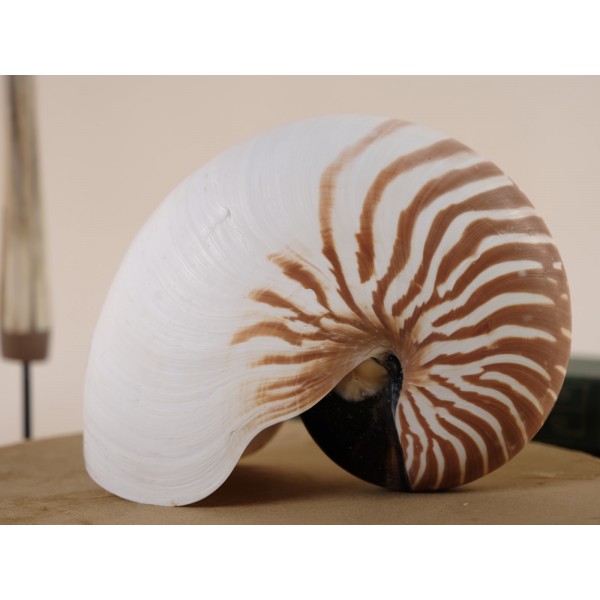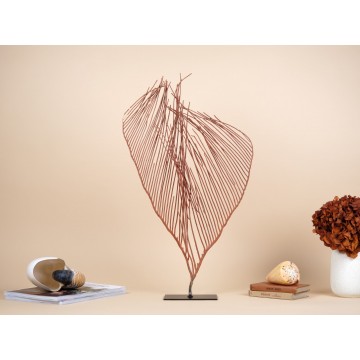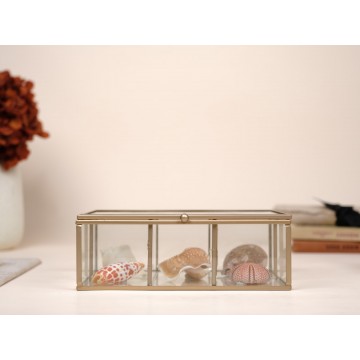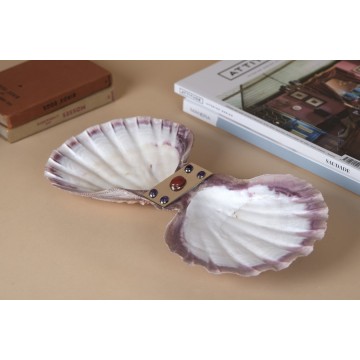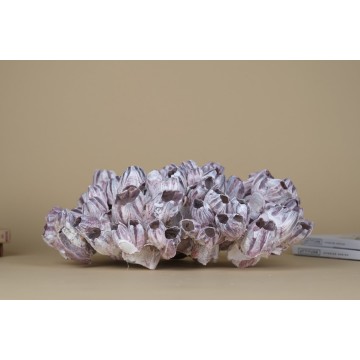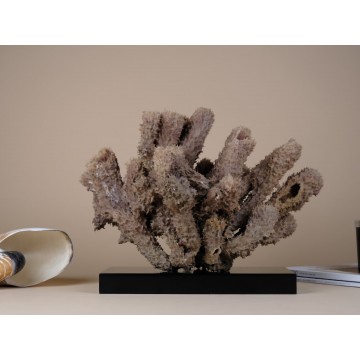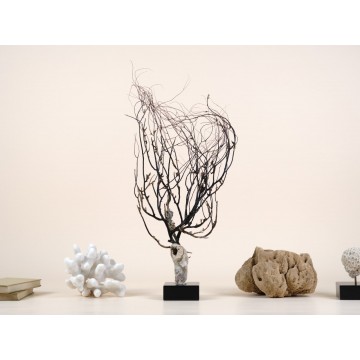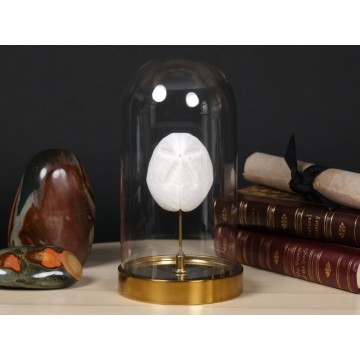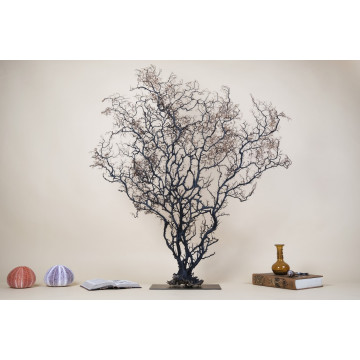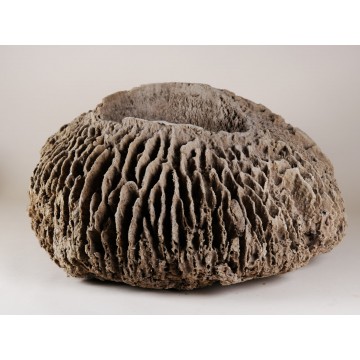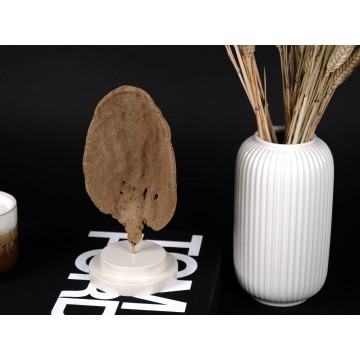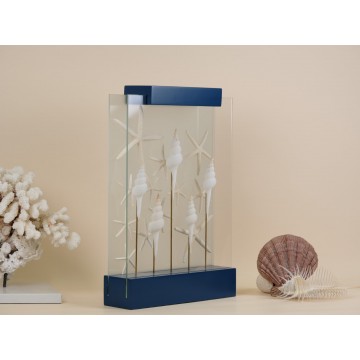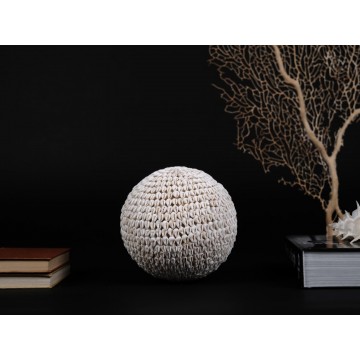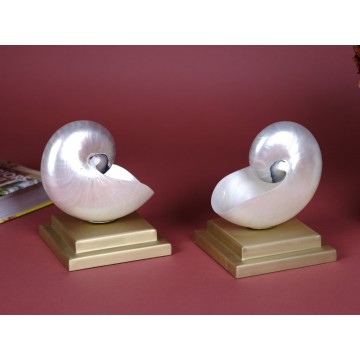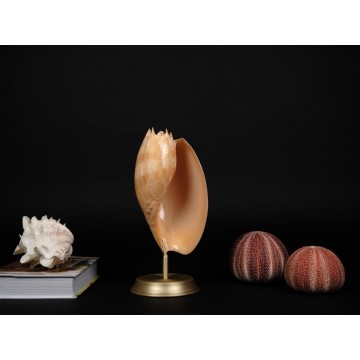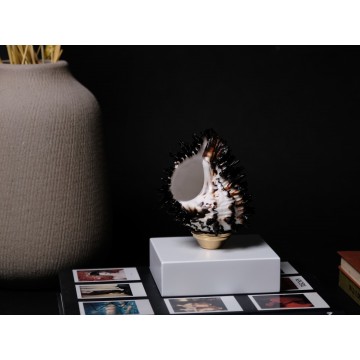Ctenocella Pectinata - Sea fan
Ctenocella Pectinata, a captivating marine treasure native to the Indian Ocean specifically found off the shores of Broome, Northwestern Australia, exhibits an enchanting resemblance to the graceful lyre, a musical instrument. As a natural gorgonian organism, its mesmerizing form embodies the elegance of this ancient instrument.
Gorgonians, akin to corals, are fascinating creatures that thrive as sessile colonial polyps, intricately woven into a tree-like configuration. Their architectural masterpiece, a resilient yet pliable skeleton known as gorgonin, defies conventional growth patterns as it extends perpendicular to the prevailing currents. This unique orientation enables Ctenocella Pectinata to maximize its interaction with water flow, effortlessly filtering and harnessing vital nutrients without the need for sunlight-induced development.

